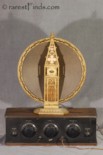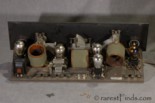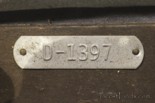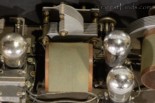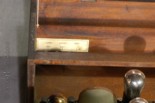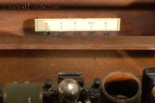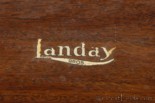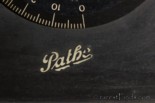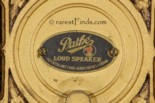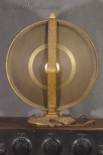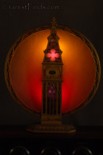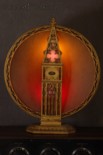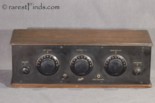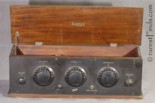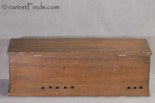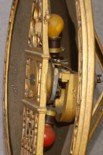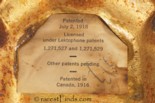Exceedingly Rare Pathe Radio With lighted Pathe Westminster Cone Speaker
Patents, click on any image to see larger image!
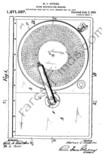
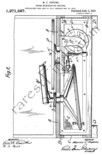



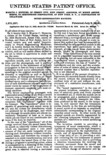
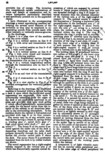
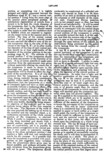
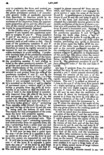
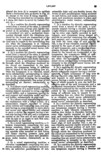
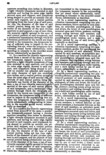
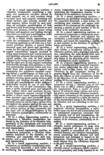
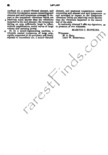
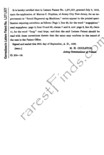
The story here is not so much the spectacular Westminster cone speaker in the lighted version, it is actually the radio. I have never seen this radio and could not find another one like it, not even on the radiomuseum.org website! Admittedly, it is just a regular five tube three dial TRF set from about 1925, but it is rare and goes perfect with the Pathe lighted Westminster Cathedral speaker. The radio is a tuned RF with three circuits equipped with the standard 01A tubes which are included.
The radio has also the name Landay Bros., inside the lid; my research revealed that Landay was an outlet-chain with several stores in New York City, NY, located at 1 Park Avenue; 27W. 34th ST; 23W. 42nd ST; 563 5th AVE; 427 5th AVE; 319 6th AVE, and many more selling phonographs, music boxes, musical instruments, radios, and accessories.
Click here, for more info about Landay Bros.
Landay Bros., went into receivership as published in the issue of January 1, 1931, on page 3 of the New York Times.
This Westminster Cathedral speaker has an interesting label glued to the bottom of the cast iron base which you can see in picture # 17, (last picture). The label shows two patent numbers.The patent with the number 1,271,527 issued on July 2, 1918, is very interesting. M.C. Hopkins was ahead of his time if it comes to cone speakers. He initially applied for his patent on July 14, 1913; he renewed his application on March 22, 1918, and the patent was issued on July 2, 1918.
His patent with the number 1,271,527 had the title “SOUND REGENERATING MACHINE.” and was initially protecting a cone loudspeaker in connection with phonographs and not radios. Unlike using a reproducer with a small membrane about one inch in diameter, typical for phonograph reproducers which then carried the sound waves through an exponential horn for amplification, Hopkins´ invention used an oscillatory transmission member he connected to a “tympanum,” (later simply called a “cone.”, hence, eliminating the need for an exponential horn to amplify the sound waves as the cone had the large surface to distribute the sound waves.
Even so the mechanical vibrations are generated by electromagnetically means in a radio cone speaker, Hopkins´ idea of transmitting the vibrations to the center of a cone for amplification still applied.
The second patent shown on the label is the patent with the number 1,271,529, issued on the same day. The title of this patent is, “ACOUSTIC DEVICE.” The writer read both patents and they are basically the same. The later refers to the earlier patent. The difference the writer noted is the fact that the later patent does not mention the “oscillatory transmission member” but still mentiones the “tympanum.” which today we call the “cone” of a cone speaker. The later patent with the number 1,271,529 is mentioned on some cone speakers. I noticed the number on the exceedingly rare Ambotone cone speaker with its wicker front made by American Bosch.
Condition:
The radio and speaker are untested but in very good physical condition as the reader can see.
History:
As noted before, the radio, while very rare, is just another RF tuned radio typical for the 1920´s. Cone speakers were only produced for about five years and besides Atwater Kent and a few other cone speakers were made in small numbers and nice figural ones are hard to come by.
Inventory Number 09323;
Sold!
